‘Landing at another airport was not possible, because of the visa requirements of passengers and as there was a large cargo of horses onboard,’ says KLM.


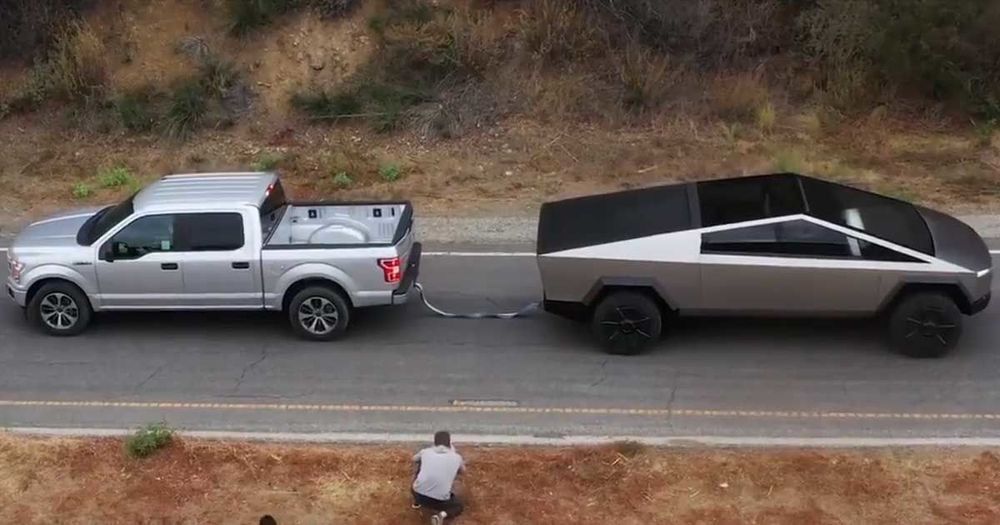
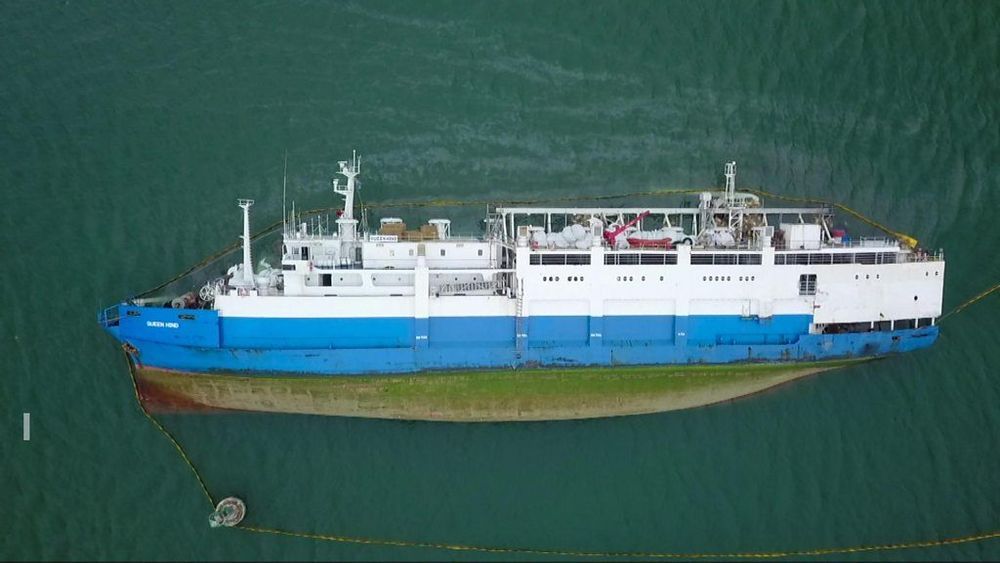
Rescuers are scrambling to save thousands of sheep trapped after a large cargo ship overturned in the Black Sea off the coast of Romania.
The Queen Hind capsized on Sunday after leaving the port of Midia, near the south-eastern city of Constanta.
It was carrying more than 14,000 sheep. All crew members were rescued.

A bullet train which ‘floats’ above the tracks using magnetic levitation could soon hit 373mph in China — making it faster than travelling by plane.
A prototype body of the science fiction vehicle was shown off in the eastern Chinese city of Qingdao this week.
The machine, designed by China’s China Railway Rolling Stock Corporation (CRRC), is slated to go into production in 2021.
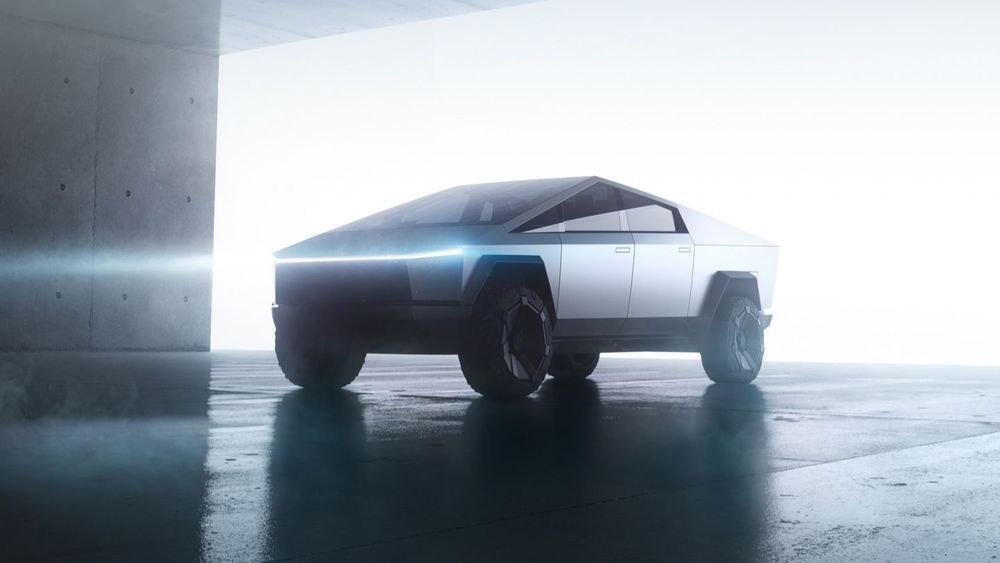
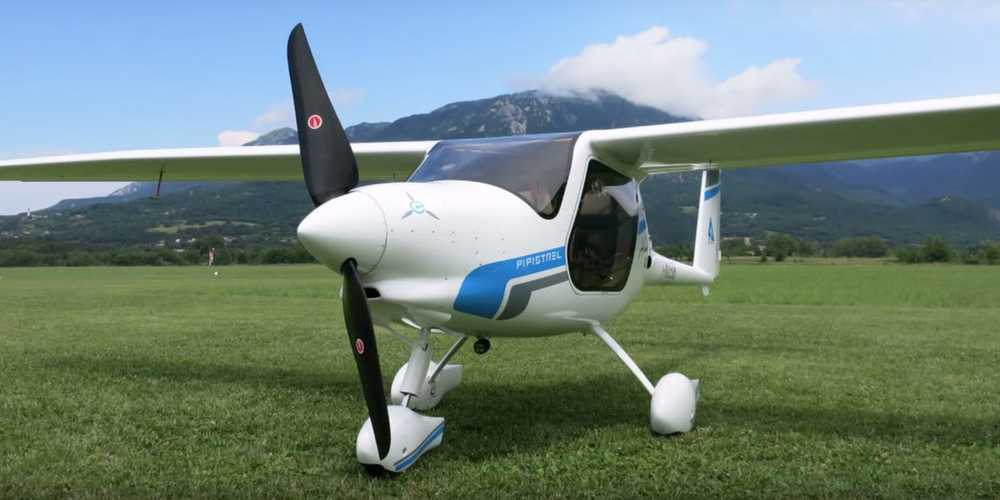

“The Hyperloop exists,” says Josh Giegel, co-founder and chief technology officer of Hyperloop One, “because of the rapid acceleration of power electronics, computational modeling, material sciences, and 3D printing.”
Thanks to these convergences, there are now ten major Hyperloop One projects—in various stages of development—spread across the globe. Chicago to DC in 35 minutes. Pune to Mumbai in 25 minutes. According to Giegel, “Hyperloop is targeting certification in 2023. By 2025, the company plans to have multiple projects under construction and running initial passenger testing.”
So think about this timetable: Autonomous car rollouts by 2020. Hyperloop certification and aerial ridesharing by 2023. By 2025—going on vacation might have a totally different meaning. Going to work most definitely will.
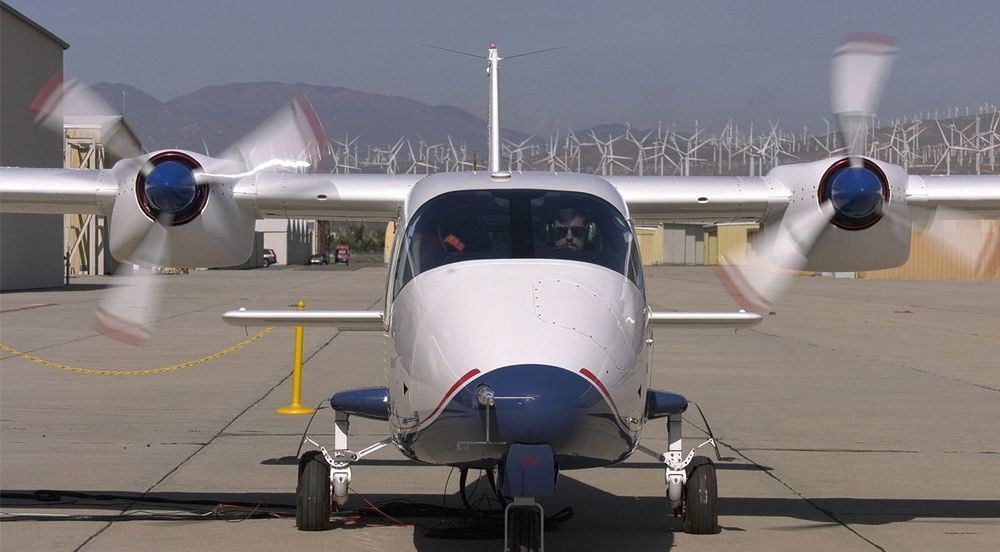
The American X-plane series has a long and storied history stretching all the way back to the Bell X-1 that made supersonic flight a reality. NASA, the Air Force, and other parts of the government have used X-planes to explore the flight mechanics of vertical takeoff and landing (VTOL), movable wings, and much more. Now, NASA is working on the first manned X-plane in decades, the all-electric X-57 Maxwell.
NASA started working on the X-57 in 2015, but it’s not building its electric plane from the ground up. The team started with a Tecnam P2006T twin-engine propeller plane, which it is modifying in stages. NASA hasn’t flown the aircraft yet, but it has deemed the X-57 ready for its public debut. The press was allowed to view the X-57 last week at NASA’s Armstrong Flight Research Center in Edwards Air Force Base.
The X-57 is currently in its “Mod II” configuration, which is the first featuring entirely electric flight hardware. The plane has electric cruise motors where two combustion motors were in the original aircraft. Mod III and IV will complete the X-57’s transformation from a noisy combustion plane to a quieter, more efficient electric one.

Imagine seeing a school bus on the road filled with kids, but no driver. 🚌 Fully #autonomous electric school buses are on the horizon, and Cache Valley Utah is ready for this new era of transportation. IEEE Continuing Education https://bit.ly/32p1SXq
New in Cache Valley, Utah, is an autonomous school bus equipped with additional safety features, including a camera system with a 360° view outside the bus.
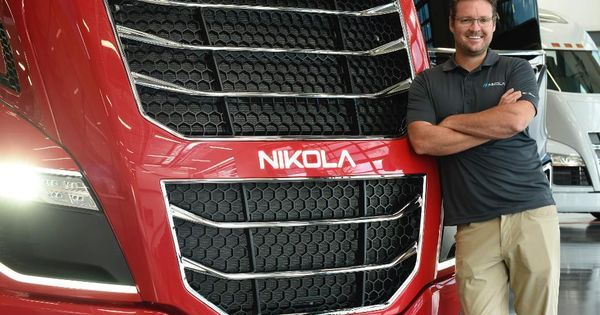
Nikola Motor, the Phoenix-based startup that wants to disrupt trucking with futuristic electric semis powered by hydrogen, says it has developed a new type of battery cell with double the energy density, only 40% of the weight and half the cost of current lithium-ion batteries used in Teslas and other consumer-market electric vehicles.
But it’s not providing many details for now, and public demonstrations won’t happen for about 10 months.
Battery packs using the new cells, which don’t use nickel, cobalt and other metals typically found in 2170 lithium-ion cells favored by Tesla, could boost range for current electric passenger cars from 300 miles per charge to as much as 600 miles with “little or no increase to battery size and weight,” the company said. Nikola has subjected its cells to heavy-duty testing and says that charging and depleting them “over 2,000 times has shown acceptable end-of-life performance.”